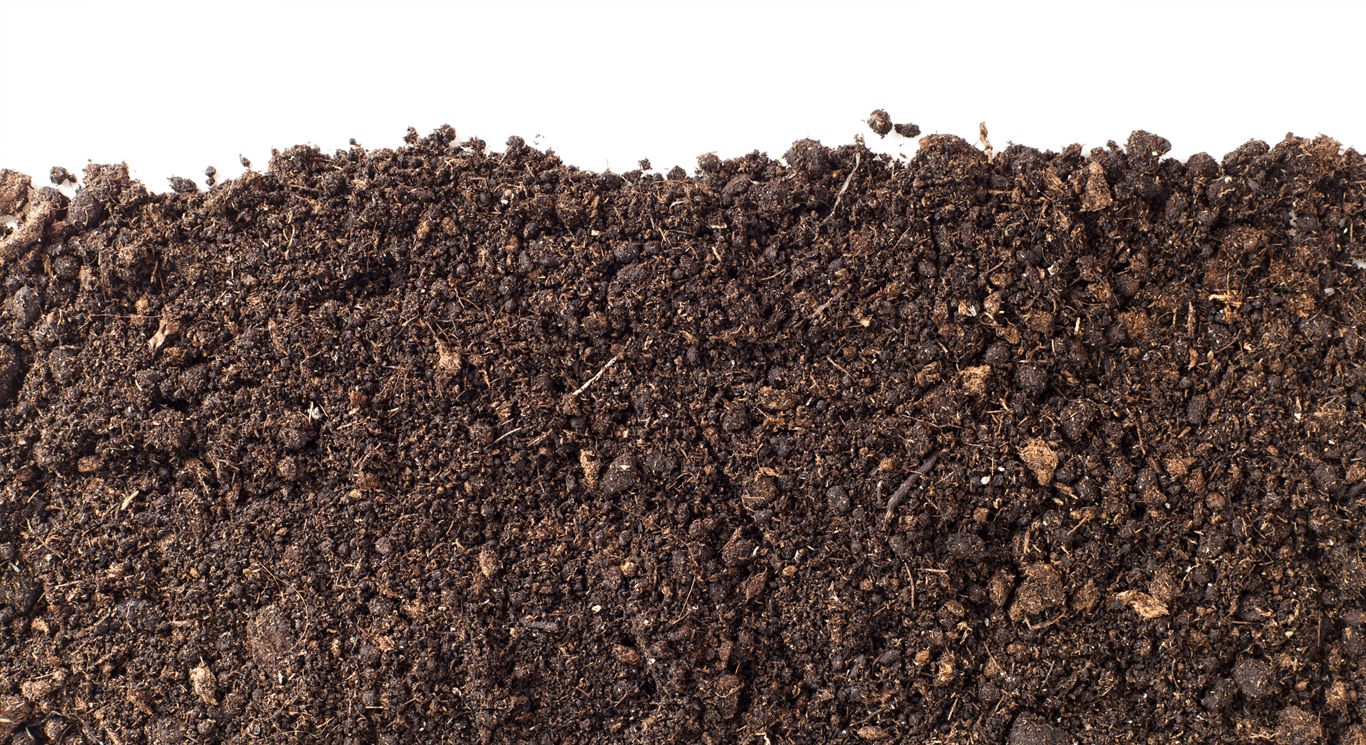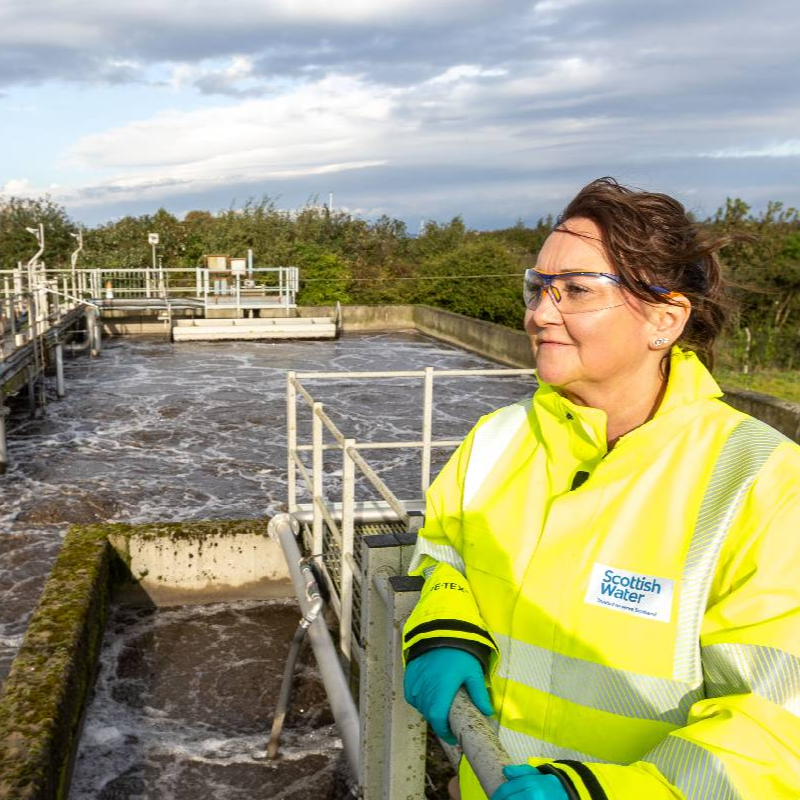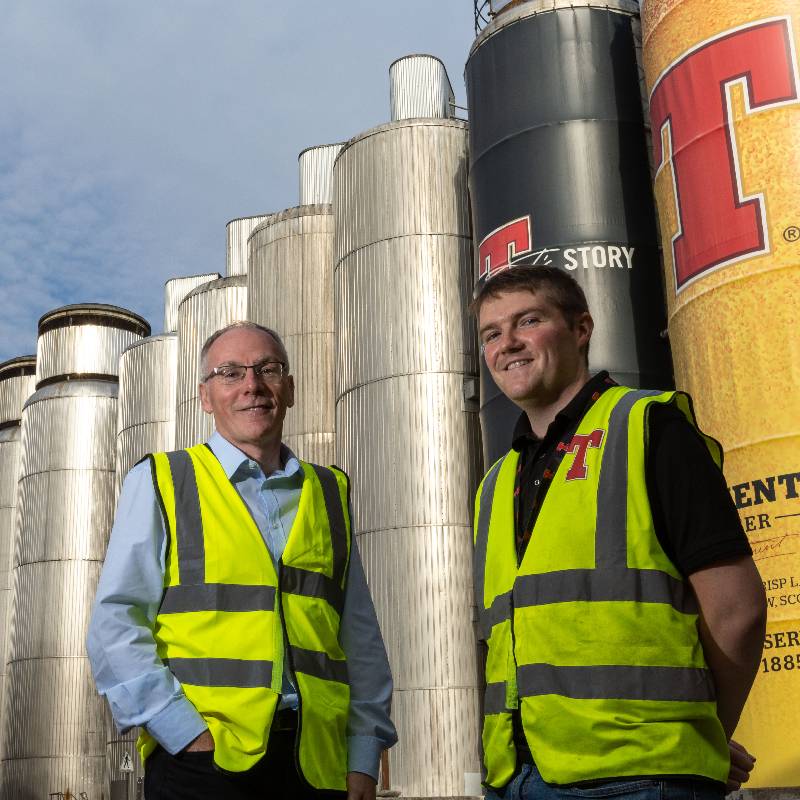
Composting for Food & Garden Waste
Turning food and garden waste into compost.
In-vessel composting (IVC) can be used to treat food and garden waste mixtures. These systems ensure that composting takes place in an enclosed environment, with accurate temperature control and monitoring.
There are many different systems these include:
- Containers
- Silos
- Agitated bays
- Tunnels
- Rotating drums
- Enclosed halls
How does in-vessel composting work?
In-vessel composting has three stages before the compost is screened for use.
Stage 1
The food waste, which comes primarily from local authority waste collections, either separate or already mixed with garden waste, as well as commercial and industrial sources, is delivered to an enclosed reception area.
Firstly, any contamination such as plastic bags or metal cans are removed before it is shredded to a uniform size and loaded into what is known as the first ‘barrier’, which will be a bay / tunnel, etc depending on the system used. All the material delivered to a facility, plus the first barrier stage, is considered a ‘dirty area’ under ABPR. The regulations ensure that strict procedures are in place to prevent cross-contamination of ‘clean areas’ (where product is processed and stored) from ‘dirty areas’.
The composting process is kick-started by naturally occurring micro-organisms already in the waste. They break down the material, releasing the nutrients and in doing so they increase the temperature to the 60–70ºC needed to kill pathogens and weed seeds, and meet the regulations for processing ABP material.
Stage 2
Stage two normally lasts between seven days and three weeks. The material is transferred to the second ‘barrier’, where the composting process continues.
Processing in two stages ensures that all parts of the composting mass reaches the required temperature. The oxygen level, moisture and temperature are carefully monitored and controlled during both composting stages to ensure the material is fully sanitised.
Stage 3
Once the sanitisation process is complete the compost is left to mature in an open windrow or an enclosed area for approximately 10–14 weeks to ensure stabilisation.
Screening
Screening usually takes place pre or post maturation, to produce a range of product grades suitable for various end uses such as soil conditioning.
What can the compost be used for?
The compost can be used in a range of places including:
- In gardens
- On brownfield sites
- Landscaping
- Agriculture
Animal By-Products Regulations (ABPR)
The processing of all animal by-products, including municipal kitchen waste, must comply with the Animal By-Products Regulations (ABPR).
These were introduced in 2003 to ensure that all meat and other products of animal origin (including catering waste from domestic kitchens) meet the treatment standard required to guarantee the protection of the environment and human health.






